|
|
Post by Lee Martin on Nov 2, 2018 18:57:13 GMT -5
Match #46 IBS – VFS 100/200 Yard Nationals Ashe County Wildlife Club, NC ______________________________________ The IBS 100/200 Nationals were held last weekend in Ashe County, NC. The temps were cool, the wind was challenging, and I got off to a disastrous start. After a nice warm-up target at 100 yards, I royally screwed-up record #1. Two shots on the sighter wiped the X so I quickly went to the first bull. The wind kept switching, forcing me to move fast. Sadly, I moved too fast and touched the trigger while adjusting the rest. I hadn’t even aimed the gun yet when it went off. Peered through the scope, saw nothing, and thought I avoided a weekend killing mistake. Upon closer inspection, I saw a hole in the black...the 4 ring to be exact. At 100 yards, you can’t afford to lose 1 point and expect to finish well. I dropped 6 right from the hit. Of course, I re-shot the bull and took the X. Even went on to drill the other 4 X’s on that target. I ended-up at 244-21X, good for last place. The game of “what-if” shouldn’t be applied to benchrest, or any other sport for that matter...but I’ll play it here. Without the misfire, I would’ve finished at 250-22X, taking 4th place on the tie-breaker. It also would’ve secured another screamer decal. I cite this only to prove the gun was on. The knucklehead behind it was not.   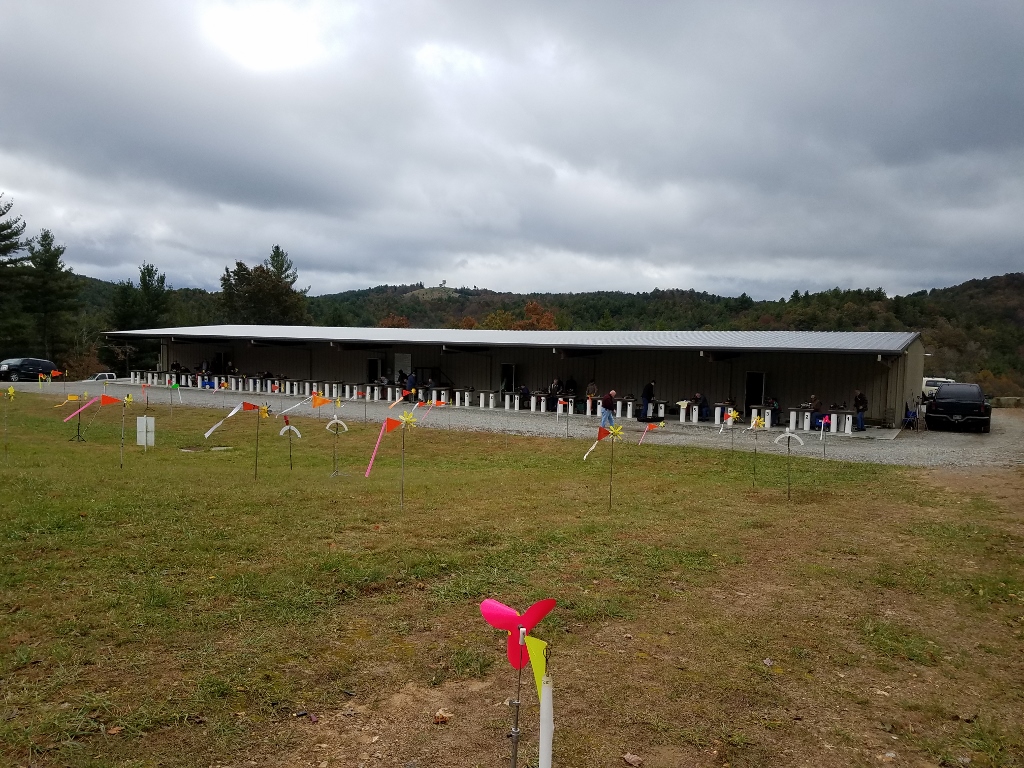 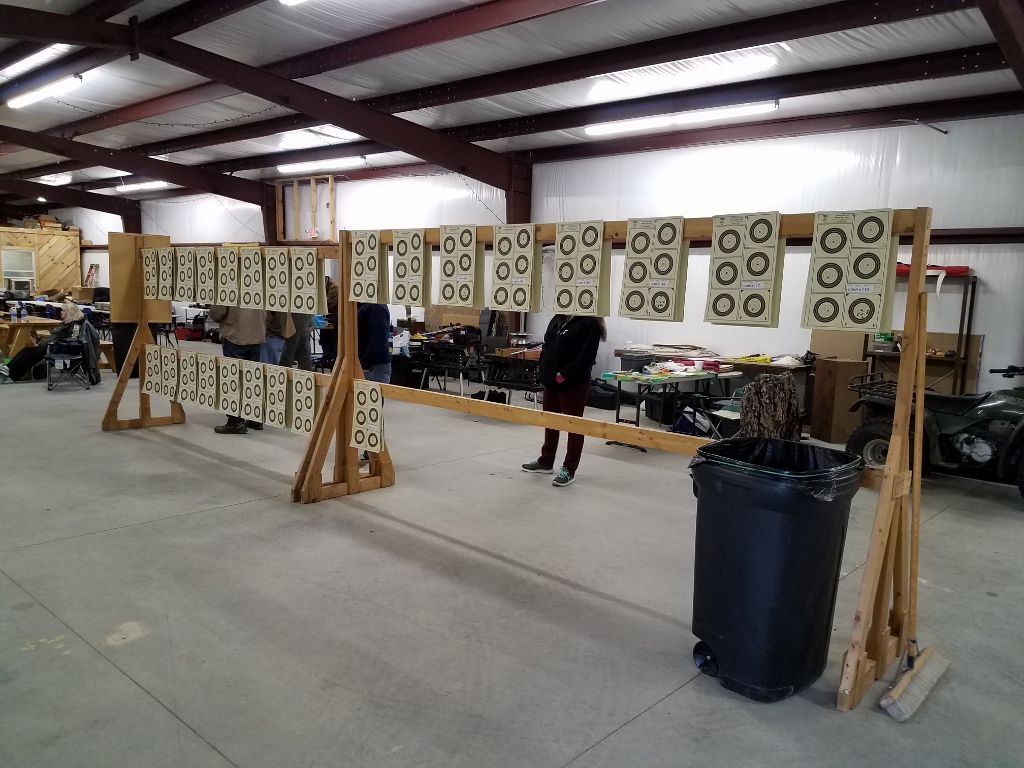  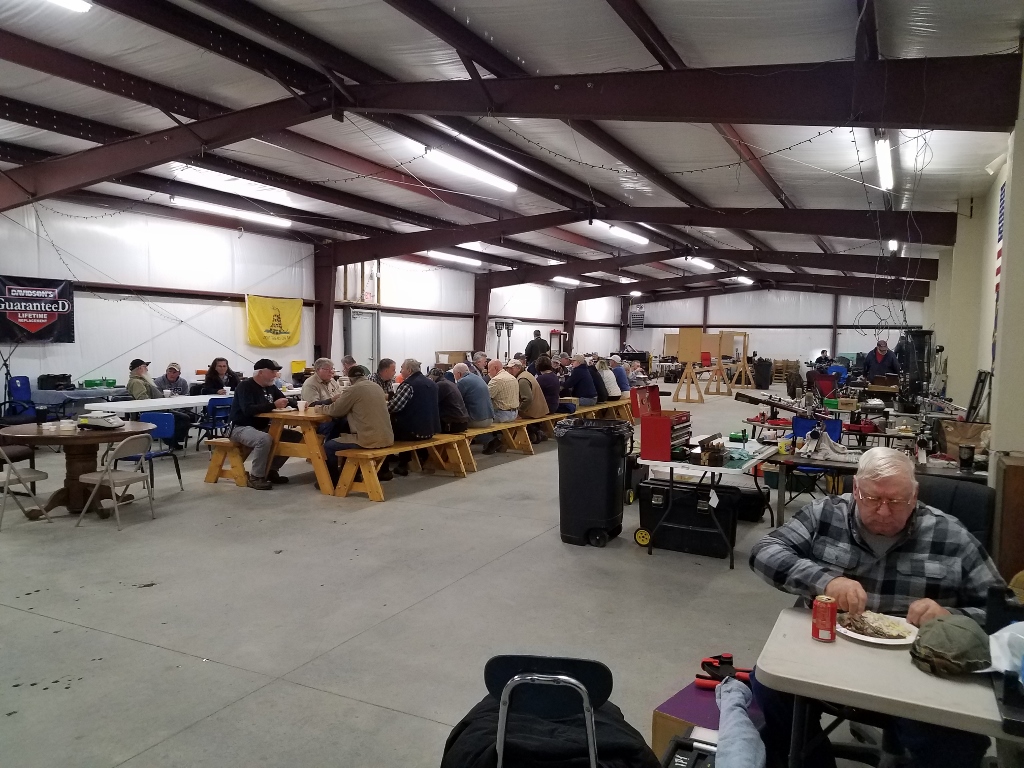 The yardage and Agg top 3 winners: 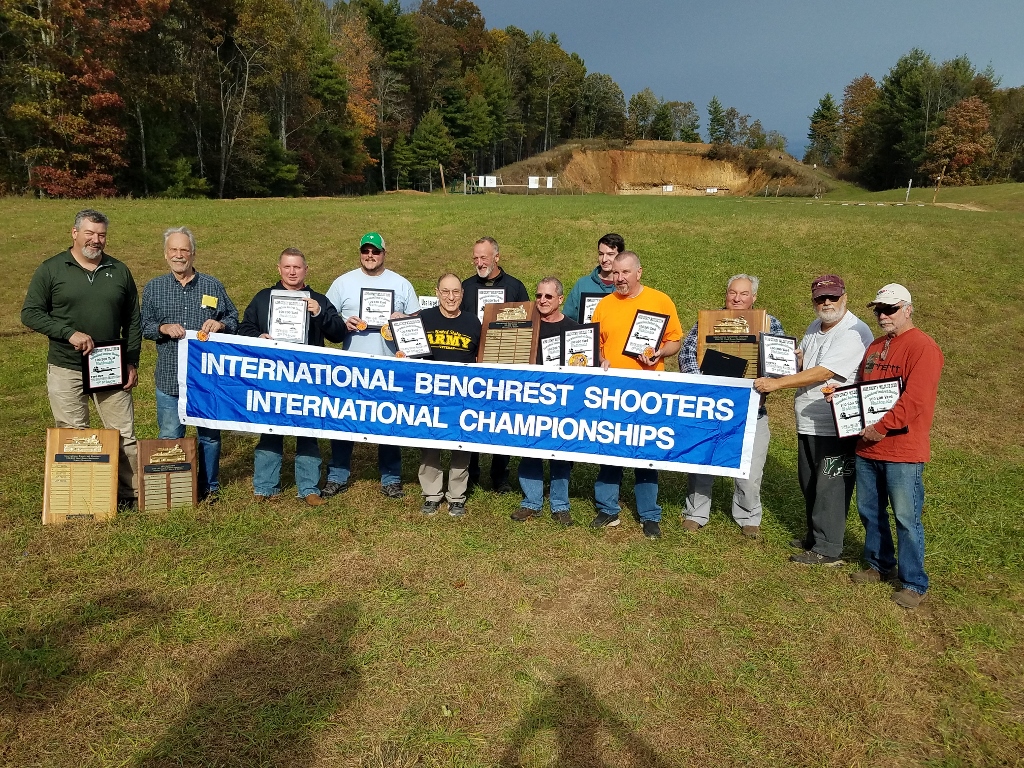 Sunday began with brutal wind, gusting 25+ mph and changing direction on a dime. I just couldn’t get on at 200 yards, picking two conditions I thought I could shoot. Try the sighter, come up to the bull, hold off, fire, and watch it walk out. That was the story Sunday. I took my lumps at Ashe County, but the facility and staff are tops. I look forward to shooting there again in 2019. -Lee www.singleactions.com"Chasing perfection five shots at a time" |
|
|
|
Post by leftysixgun on Nov 2, 2018 21:19:50 GMT -5
Hahaha, man, tough break Lee. Ive done similar stuff like that before. I had an AD in the first stage and it was the first round of the day. They rewarded me with a stool and the score sheet. I got to watch all my fellow competitors shoot. Beside my name on the score sheet said DQ!
Hang in there, keep at it
|
|
|
|
Post by Lee Martin on Nov 6, 2018 20:42:59 GMT -5
Match #47 Black Creek Winter League, Match #1 IBS VFS 100 Yards ______________________________________ After a poor showing at the Nationals, I rebounded with a win at Black Creek on Saturday.   This was the first of five winter league dates at Black Creek Gun Club, in Mechanicsville, VA. I agreed to be Match Director for the series, so I’m getting experience in the administrative side of benchrest. If you're in the mid-Atlantic region and want to try score shooting, here are the other four dates: 12/29 01/05 02/02 03/02 We start at 10:00, but usually arrive around 8:00 to set flags. IBS has sanctioned varmint for score, hunter, and factory classes. If interested, write me at lee@singleactions.com. -Lee www.singleactions.com"Chasing perfection five shots at a time" |
|
|
|
Post by bradshaw on Nov 7, 2018 8:27:21 GMT -5
Pried Lee off the loading bench last night to congratulate him on the comeback----WINNING----after blowing a shot in championship.
We dust off
and continue,
David Bradshaw
|
|
gunzo
.30 Stingray

Posts: 423
|
Post by gunzo on Nov 11, 2018 13:29:31 GMT -5
Match #46 IBS – VFS 100/200 Yard Nationals Ashe County Wildlife Club, NC ______________________________________ The IBS 100/200 Nationals The yardage and Agg top 3 winners:  Sunday began with brutal wind, gusting 25+ mph and changing direction on a dime. I just couldn’t get on at 200 yards, picking two conditions I thought I could shoot. Try the sighter, come up to the bull, hold off, fire, and watch it walk out. That was the story Sunday. I took my lumps at Ashe County, but the facility and staff are tops. I look forward to shooting there again in 2019. -Lee www.singleactions.com"Chasing perfection five shots at a time" I should have paid more attention to this pic the other day. It wasn't till I got a text a day or 2 later with just a pic of a great big trophy that I put it all together. It had no message & I don't text so I had to wait on the senders busy schedule to call him. That's my buddy Brud standing up front just right of middle with a trophy & a grin nearly as big as he is. He started benchrest shooting about 10 years ago, & now has a really big piece of wood for the wall. He's been bringing home quite a few of those lately. Congrats Brud! |
|
|
|
Post by Lee Martin on Nov 15, 2018 20:35:50 GMT -5
Match #48 Fairfax Rod & Gun Club Winter League, Match #1 IBS VFS 200 Yards _________________________________________________ 200-yard winter league kicked off with a blustery day. Temps climbed from the 30’s to mid-40’s, but it felt much colder. The wind was steady throughout the match, gusting to 25 mph. I’d peg sustained winds at 10 – 15 mph and they flowed in every direction. You had to shoot very narrow windows because the flags wouldn’t hold long (and by hold, I’m not referring to calm. The tails were dancing a lot). Coupled with gusts that came without warning, and many points were dropped. I shot a nice 50-4X in Match #1, stayed clean in Match #2, and dropped 1 point each in Matches #3 & #4. Even so, I was in 2nd place headed into the last Match. Decided to take my time and pick a condition or two I could shoot based sighters. That strategy worked for the first two bulls. Not only did I hit the 10 ring, I took X’s. Then I waited, and waited, and waited. I shot some more sighters but couldn’t find anything I liked. Unfortunately, I waited for two particular conditions to return and they never did. The next thing I heard was “1 minute left” with 3 bulls to shoot. I forced the 3rd and a hard right took it way into the 8 ring. I held off big for the next two and still got 9’s. Ended-up in 3rd place but took home some money. Target #1. It isn’t easy hitting a 0.125” dot @ 200 yards in heavy wind. 10 mph of push can move it 2”. A 25 mph gust can move it 5” – 6”. The lower right box is used for sighters. You’ll see 3 shots close to one another at 4:00. Those were done across shifting wind. The hole at 8:00 was shot on a hard right-to-left, quartering slightly in. These sighters are used to gauge hold-off for similar conditions when shooting record bulls.  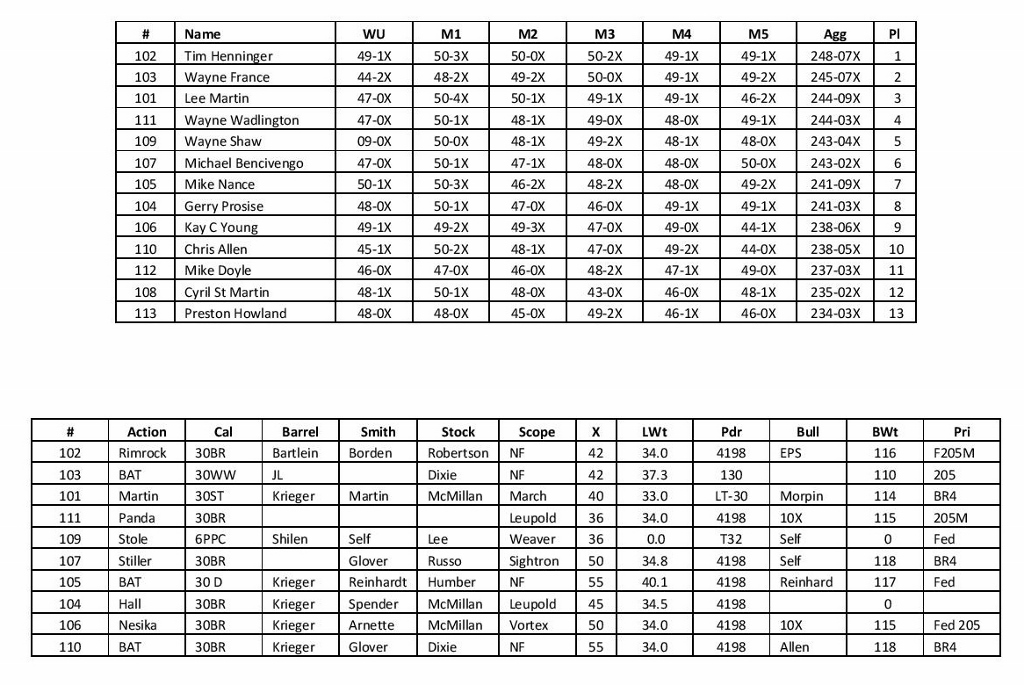 Tim Henninger's winning 248 was quite a score considering the conditions. -Lee www.singleactions.com"Chasing perfection five shots at a time" |
|
|
|
Post by bradshaw on Nov 15, 2018 23:13:11 GMT -5
Lee.... your performance in this match, both riding and bucking the wind, testifies to your “time on the mountain” since stepping into the accuracy game.
David Bradshaw
|
|
|
|
Post by Lee Martin on Nov 20, 2018 21:26:16 GMT -5
Back-Up Rifle _____________________________ I just added a .30 Stingray tube to my LV PPC. This creates a much needed back-up gun for IBS score competition. I’m not worried about the Martin action mechanically; it has been solid for 5,700 rounds. A barrel dying mid-season however is a concern. If one goes and I don’t have time to chamber and tune another before the next match, I’m cooked. This becomes plan B. Action – BAT DS Trigger – Bix N Andy Barrel – HV Lederer 18 twist, 4 groove, finished 23”. Chamber – .30 Stingray, 0.331” neck Stock – Dixie Rings – Harrells Scope – March 50X, fine cross hair reticle with 3/32 dot Tuner – Bukys TSI Weight – 11 lbs, 15 ozs   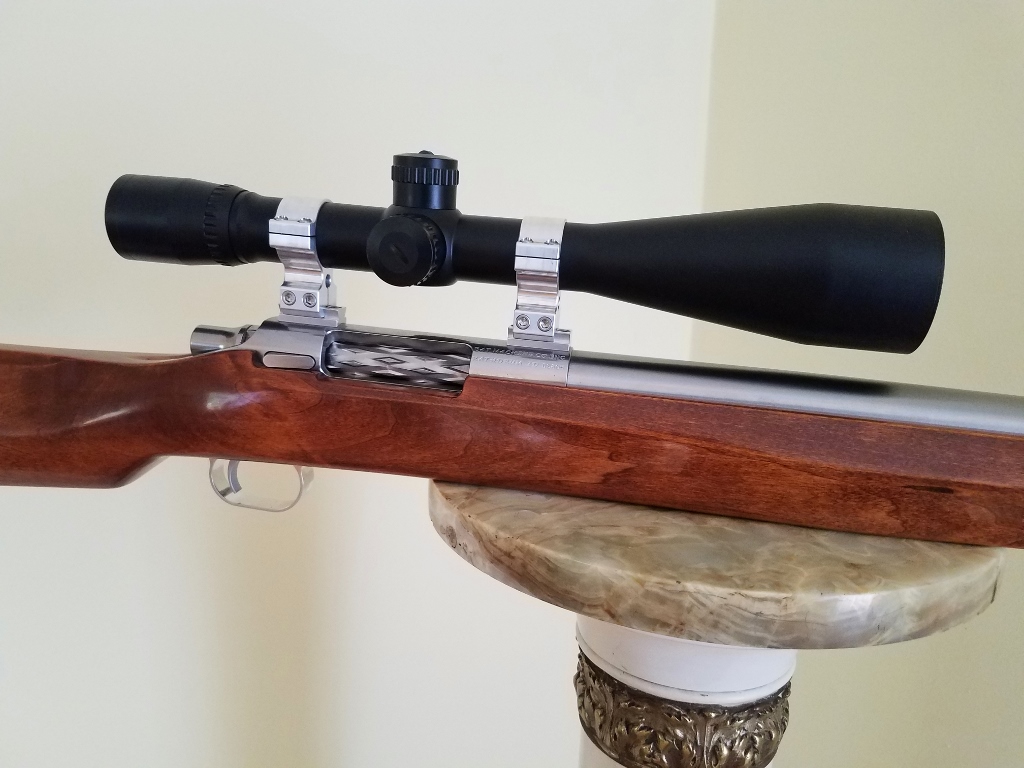  The gun is light for IBS score. Doyle Anglin got the stock to where it’ll make 10.5 pounds with a 20.5” LV barrel (6mm PPC). That’s good for group shooting, but is a lot of forfeited weight for 13.5 lb VFS. Even with the longer, heavier .30-cal and a tuner, I’m 1.5 lbs under. I may add mass to the fore-end depending on how it handles, Relief recesses were milled in the barrel channel to save weight. I’ve already devised a way to place removable lead blocks in those areas if needed. More expanded and neck-turned .30 Stingrays:  -Lee www.singleactions.com"Chasing perfection five shots at a time" |
|
|
|
Post by bradshaw on Nov 21, 2018 9:34:40 GMT -5
Back-Up Rifle _____________________________ I just added a .30 Stingray tube to my LV PPC. This creates a much needed back-up gun for IBS score competition. I’m not worried about the Martin action mechanically; it has been solid for 5,700 rounds. A barrel dying mid-season however is a concern. If one goes and I don’t have time to chamber and tune another before the next match, I’m cooked. This becomes plan B. Action – BAT DS Trigger – Bix N Andy Barrel – HV Lederer 18 twist, 4 groove, finished 23”. Chamber – .30 Stingray, 0.331” neck Stock – Dixie Rings – Harrells Scope – March 50X, fine cross hair reticle with 3/32 dot Tuner – Bukys TSI Weight – 11 lbs, 15 ozs  ***** Back up gun? You bet! There were times I shot revolvers in rotation to give the first string pistol a break. If a handgun broke in silhouette, you could substitute another of same model to finish the course of fire. You could not substitute a Super Blackhawk for a Model 29, or vice versa. As there were no alibis for a standing target, you had to leap off the firing line, grab replacement, take position, adjust for range, load, and fire remaining targets----within the two minute period. It may look good on paper, but it is a tall order to put into practice. Same general principle as for Lee and his hard corps buddies in Bench Rest. My main mentor with the M1 Garand, Robert “Doc” Carroll, advocated two National Match M1 rifles----one for slow fire and long range, the other for rapid fire. Reason being to spare rapid fire heat from the long range stick, i.e., conserve barrel. David Bradshaw |
|
|
|
Post by squawberryman on Dec 3, 2018 19:38:03 GMT -5
I find it interesting that after hundreds of hours of machining and dozens of years of experience combined with thousands of dollars of tools and equipment, victory can be yours with the use of a couple of ten cent dryer sheets.
|
|
|
|
Post by Lee Martin on Dec 13, 2018 20:39:39 GMT -5
Match #49 Fairfax Rod & Gun Club Winter League, Match #2 IBS VFS 200 yard ___________________________________ 12/08/18: 21 degrees at the start, warming to 35 by the end. The wind was abrupt and gave a lot of left-to-right (aka ‘green’). Green is an tough condition at Fairfax and it bit us all. My fourth target was particularly bad, laid down over mostly green. I shot a lot of sighters because the left push didn’t seem repeatable. Three times I held accordingly and 3 times the shot strayed into the 9 ring. No matter how frustrating, you learn a lot on days like these.  -Lee www.singleactions.com"Chasing perfection five shots at a time" |
|
|
|
Post by Lee Martin on Dec 21, 2018 18:50:58 GMT -5
Barrel Tuners – Part 1 ________________________________________ In the past 10 – 15 years, barrel tuners have become more widely used in short-range benchrest. The fundamentals of what they do and how they’re operated isn’t new. Browning commercialized the concept with their BOSS system in the 1990’s. Since then, there has been great debate over how tuners improve precision. The short answer is, they do so by tuning your barrel. They don’t tune the load. When you screw a tuner onto your barrel, it never touches the loaded round, does it? But that added weight does alter barrel harmonics, and in turn nodes. A rehash of node theory. The precision shooter wants a load that’ll put bullet exit at the calmest stage of barrel deflection. When powder ignites, pressure waves transverse the barrel. Even before that though, vibrational stress is set-up from the action forward. Firing pin movement and primer strike are two such influences. As the bullet unseats from the neck and engages the lands, these vibrations increase rapidly. At the same time sound waves are traveling down the barrel at a rate of 19,107 ft/sec. A bullet going 3,400 fps remains in the bore for 0.002 seconds. Sound cycles 4.5 times before exit. Burning powder and the mechanical interaction of copper and steel adds more stress, but not synchronically. Basically, the barrel is vibrating all over the place, but one common movement is inherent to rifles. Since a stock’s centerline is below the thrust axis of the action, barrels recoil up and back. Vertical whipping follows because muzzle movement lags the rest of the tube during the pulse. So while vibration occurs across all axes, the dominant path is in a vertical plane. Picture the barrel as cantilevered rod. The action inlet provides rigid support; the pre-loaded end is the muzzle. Deflection, or vertical movement, is calculated by: D = (F*L^3)/3*E*I D = muzzle deflection in inches F = load applied to the muzzle end in pounds L = free length of the barrel in inches E = modulus of elasticity of steel I = moment of inertia Where I = 3.1416 x (D1^4 - D2^4)/64 D1 = outside diameter of the barrel D2 = barrel groove diameter Deriving “F” is difficult. Since we’ll view deflection as a comparative measure, we can set it to one pound (this is common within ballistic analysis). 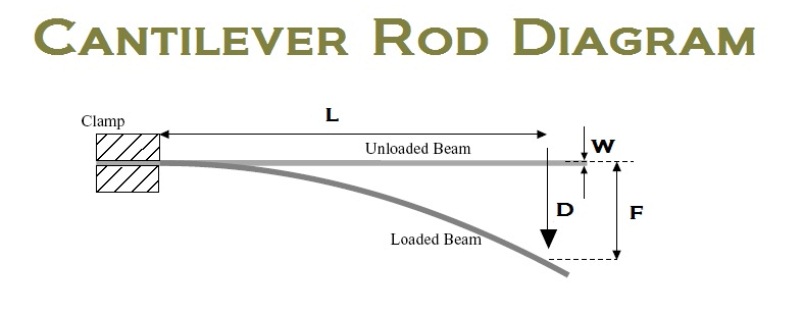 At its core, the vertical movement of a tube can be represented with a sine wave:  The shorter and thicker the barrel, the lower amount of total deflection top to bottom. Just as important are the peaks and valleys of each node. At those points, barrel movement is minimized as the wave slows to change direction. Movement at the bore centerline is the greatest. For that reason, we try to tune loads so the bullet exits at or around the node tips. Again, it doesn’t matter if it’s the upper or lower so long as barrel whip is slowed. Of course, we can’t visually tell when this happens. We tune loads by adjusting the charge, seating depth, neck tension, and a host of other factors. The paper tells us when we’ve achieved nirvana. Math applied to real barrels. Take these three for example: 1) Heavy Varmint, 6mm cut to 22”, 1.05” at the muzzle 2) Light Sporter, 6mm cut to 26”, 0.70” at the muzzle 3) Straight cylinder blank, 6mm cut to 20”, 1.450” at the muzzle Plugging them into the deflection equation and setting the modulus of elasticity to 30 million PSI, we get: Heavy Varmint 22”, D = 0.0012” Light Sporter, 26”, D = 0.0138” Straight blank, 20”, D = 0.00041” Pretty telling, isn’t it? The heavy varmint, frequently used in benchrest competition, deflects eleven times less than your common hunting rifle. A non-tapered blank turned to the diameter of the action and shortened to 20”, deflects 33 times less. Summarized: • Short, fat barrels reduce deflection • Caliber as a proportion of the muzzle area effects D, but less so than the outside diameter. In the HV example, increase the caliber to 0.338 and D moves to 0.00150”. Not terribly material, but mathematically relevant. Tuners provide two benefits: 1) they add weight to the end of the barrel. That weight slightly increases deflection but lowers vibrational amplitude and frequency, and 2) they allow you to alter the barrel harmonics by moving the weight. In theory, point 1 broadens a given node, while point 2 allows us to dial the barrel to stay on that node. The wider node should make the gun less prone to jump tune as atmospheric conditions change. It's also easier to tune the gun during load testing when the nodes are broad. Here’s an exaggerated graphic of how tuners change barrel harmonics:   I recently installed a Bukys TSI tuner on my backup .30 Stingray. I may do the same on my primary gun when I re-barrel it this winter. In “Tuners Part 2”, I’ll talk about the various styles of tuners and how they’re used. Bukys TSI tuner:   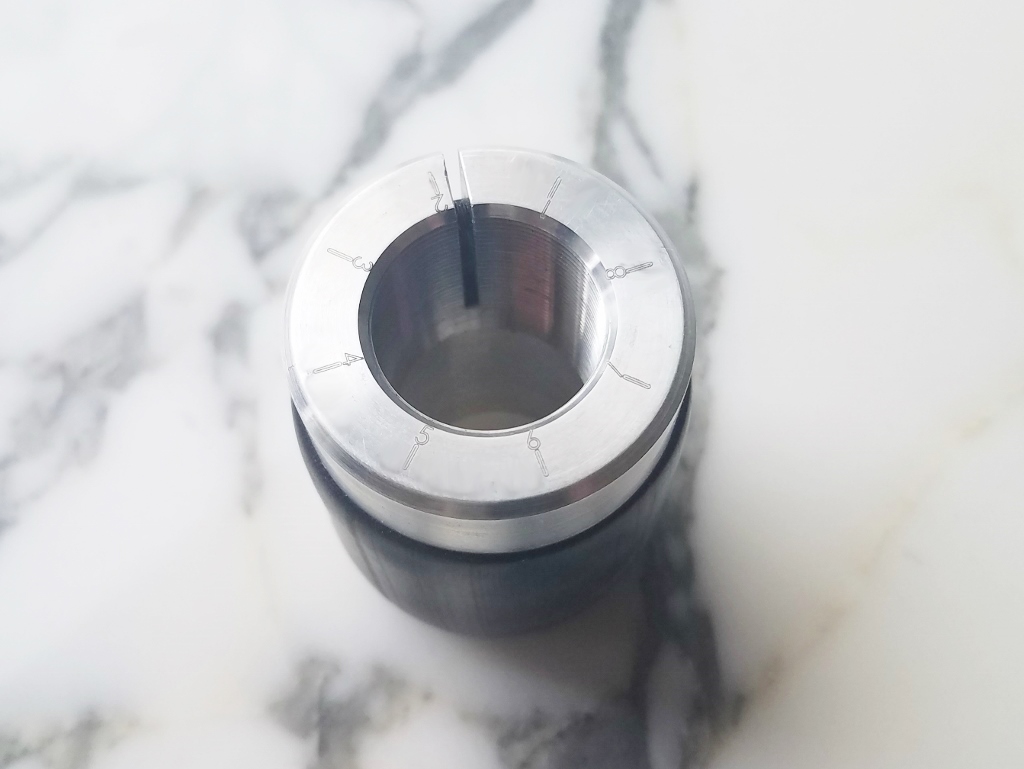 -Lee www.singleactions.com"Chasing perfection five shots at a time" |
|
|
|
Post by kings6 on Dec 21, 2018 21:41:43 GMT -5
"We're not in the Kansas of shooting anymore Toto!" Amazing what you can learn when you get to have "the man behind the curtain" share his knowledge and skill! While my brain doesn't feel the need to confirm your math calculations Lee, it does grasp the concept of the tuner in trying to have that bullet exit during that microscopic "sweet spot" in time. Thank you for sharing this with us.
Robb
|
|
|
|
Post by bradshaw on Dec 24, 2018 9:54:28 GMT -5
Lee..... barrel harmonics and vibration need a bit of exploration. We have never proven the value of the Dan Wesson barrel tensioned by a shroud, versus the same bore & rifling cut in a solid barrel of the same weight, screwed into the DWA frame. The theory of the dampening effect is compelling, yet remains unproven. Other factors favored the DWA in IHMSA silhouette: 4 lbs, weight for the M44/M40 revolvers, fast lock time, minimal vibration at hammer fall, clean light trigger. Not to mention some fantastic barrels, minimal forcing cones, with tight chamber-to-bore alignment----without which super accuracy is impossible.
Let’s look at the speed of sound in steel: 19.000 feet per second, basically the Velocity of Detonation of 80% nitro dynamite. Your little homemade bullet spends .002-second to travel 20-inches of barrel. Roughly speaking, my pencil says yon sound wave travels 38 feet in 2-thousandths of a second. In the time it takes you bullet to reach 3,400 fps, the sound wave last the barrel 11.4 times. A fairly ferocious harmonic.
Perhaps at some point down the road, a Dan Wesson type shroud will be fitted to an Unlimited bench rest rifle. With the barrel fitted so the same barrel could be targeted with and without the shroud. The barrel action could be shot with the barrel clamped, and with the shroud clamped. Even this would not eliminate all the variables, but is might throw light on the vibration caper.
David Bradshaw
|
|
|
|
Post by squawberryman on Dec 24, 2018 11:04:43 GMT -5
The Browning Boss has a similar effect, though the effect may be lost to most store bought ammo shooters.
|
|


































